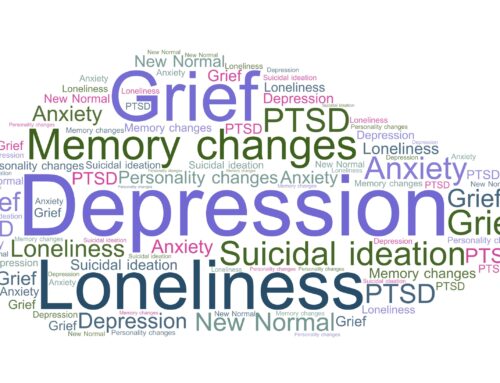Joining the Watchful waiting group
It may still be early days after your diagnosis and you may feel confident in the way forward or still uncertain about what this all means – whatever you are feeling, this is all normal. By now, the term ‘watchful waiting’ or ‘wait and watch’ may have been mentioned to you by your medical team as part of your treatment plan.
If it has, then this blog post is for you. If not, then maybe surgery or another treatment has been recommended as the best option for you at this stage – but still keep on reading. Watchful waiting can actually apply to many medical conditions.
What is watchful waiting or wait and watch?
Watchful waiting is closely watching a patient’s condition but not giving treatment unless symptoms appear or change. It is sometimes used in conditions that progress slowly. It is also used when the risks of treatment are greater than the possible benefits. During watchful waiting, patients may be given certain tests and exams.
Reference: http://www.cancer.gov/publications/dictionaries/cancer-terms?cdrid=45942
Watchful waiting can sometimes be a challenging treatment option, especially for an individual with a brain tumor. For me, this was part of my treatment plan – watch and wait with yearly MRI’s to monitor the growth of my tumor. If any of my symptoms changed, then the cancer treatment plan would be changed accordingly.

For me, as a newly diagnosed individual, joining the group of watch and wait brain tumor patients around the world, was no easy task. I almost felt like it would have been easier if I had been given the option of surgery and it had been dealt with then and there. However, this is the brain we are talking about. The risks of brain surgery for me at that stage outweighed the benefits. It is always a risk benefit analysis.
But walking out the office of my neurosurgeon and being told, “We will see in one year’s time for your next MRI” – I felt adrift. What now? Was it just me and my brain tumor left alone on this island?
I still had the life lines to my GP (general practitioner) and my newly appointed neurologist to help me manage the now part-of-my-life migraines and vertigo attacks.
Having their assistance helped me out tremendously. The presence of a confident and positive medical team around me, helped quell any sense of uncertainty I was feeling at any given time. But I had to learn, over time, how to become a ‘watch and wait’ patient.
How to become a watch and wait patient:
– Understand the risks versus benefits approach of your watch and wait treatment plan i.e. why the medical team has recommended it for you
– Know why and when this treatment plan should change e.g. what symptoms to look out for that should signal a change in treatment i.e. when to alert your medical team of change in symptoms, different or increase in symptoms.
– Find the best way to work with uncertainty if you are experiencing it anytime – know that everybody is different. Some people feel uncertain about what lies ahead while others do not.
So, while the watchful waiting approach took a while for me to wrap my head around, literally – at the end of the day, this was the right treatment plan for my body and brain.
As always, be your own advocate, establish open communication with your medical team and remember to “breathe in the small things” along the way.
I hope this article helped you in your watchful waiting journey.



Resources
http://www.cfah.org/prepared-patient/make-good-treatment-decisions/what-is-watchful-waiting






Leave A Comment